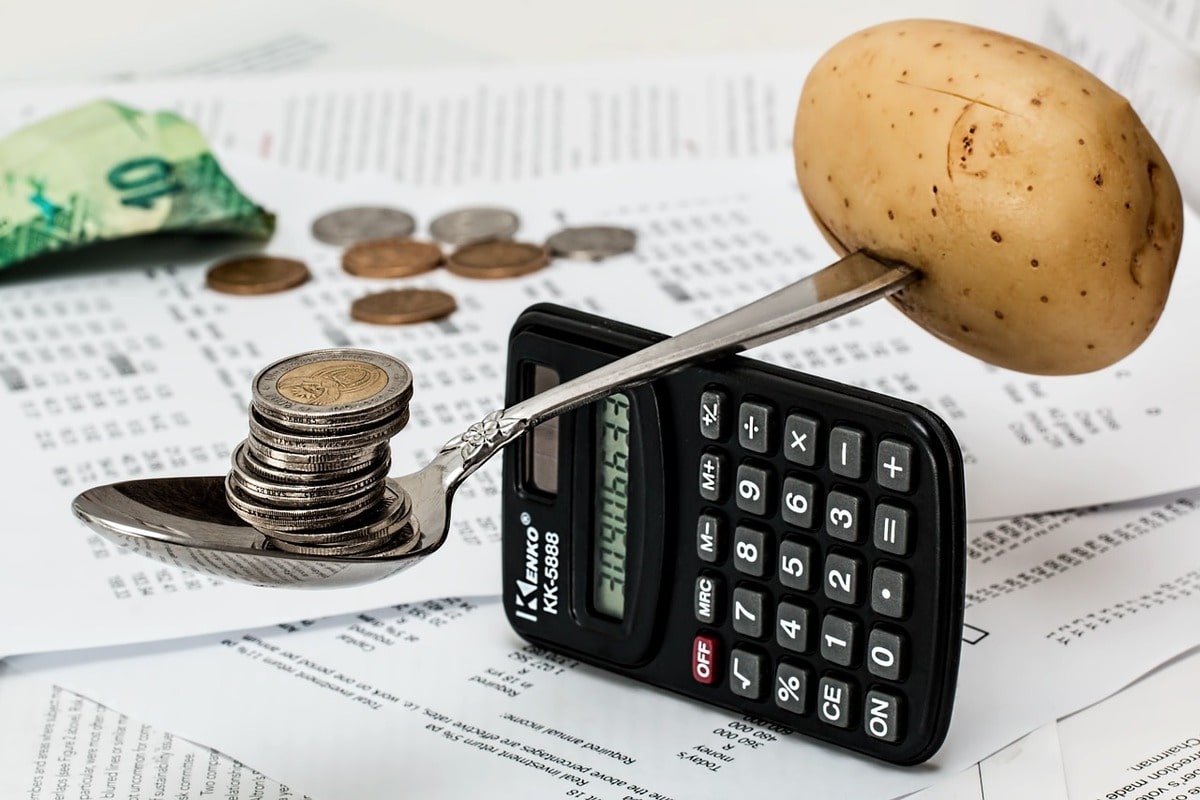For business owners, the importance of planning your cash flow forecast really cannot be overstated.
The more realistic your final forecast, the better able you’ll be to make the right decisions and plan your progress accordingly.
To make sure you get it right, you need to plan, strategise and keep at it. Make sure you follow the five tips below.
1. Sort out the big three
When it comes to planning your cash flow forecast, three documents loom large in importance. These are:
Your projected income: your revenue, costs, expenses and taxes can all be combined into a projected profit and loss statement in order to provide an estimated total income.
Your projected balance sheet: this provides information concerning assets, liabilities and equity.
Monthly cash flow projections: these show your accounts, both receivable and payable, as well as your investments and other such matters.
2. Strategise around scenarios
One of the best things you can do before sitting down and planning your cash flow forecast is remind yourself that you’re never going to get things exactly right. This is a forecast, after all.
This approach will save you a little stress, and, more importantly, appreciating the flexibility of the future will help you prepare for what’s coming.
Try to come up with different scenarios, some positive and some negative, to understand the impact these events could have on your forecast.
For example, try to project what would happen if you lost your biggest client.
3. Test as you go
It can be tricky to ensure the assumptions that form the foundation of your cash flow forecast are realistic, but you can test the water by comparing your initial figures to your actual cash flow for a few weeks.
This is an excellent way to determine their accuracy and root out any factors you failed to take into account. Once that’s done, you can revise your forecast as needed.
4. Keep track of things before you start
Just as you can revise your forecast after a few weeks of experimentation, you can also prepare yourself better by keeping detailed financial notes in the month before you start getting down to it.
It’s sometimes hard to include everything, and smaller expenses that tend to slip through the cracks can really add up. To make sure everything is included, keep a detailed list.
Planning your cash flow forecast: a summary
When it comes down to it, things are going to change. Even if you take all the tips in the world into account, margins are going to shift and customers are going to come and go.
This means your cash flow forecast should never be thought of as ‘finished’. Review it often and update whenever necessary in order to keep the best possible handle on what might happen in the future.
Making decisions based on an out-of-date forecast can be a recipe for disaster.
If you’d like some advice on planning your cash flow forecast, get in touch with us today – we’d be glad to help.

